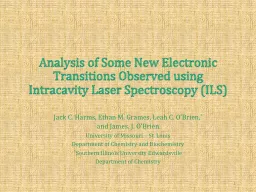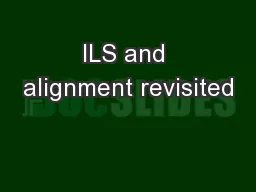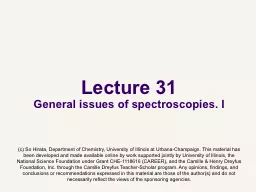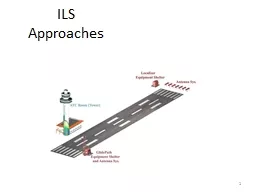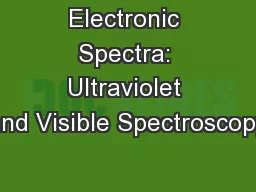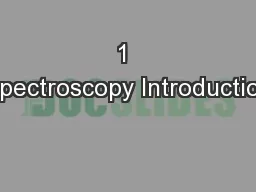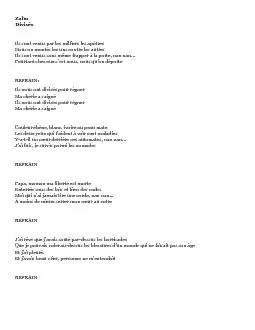PPT-Analysis of Some New Electronic Transitions Observed using Intracavity Laser Spectroscopy
Author : yoshiko-marsland | Published Date : 2018-02-28
Jack C Harms Ethan M Grames Leah C OBrien and James J OBrien University of Missouri St Louis Department of Chemistry and Biochemistry Southern Illinois University
Presentation Embed Code
Download Presentation
Download Presentation The PPT/PDF document "Analysis of Some New Electronic Transiti..." is the property of its rightful owner. Permission is granted to download and print the materials on this website for personal, non-commercial use only, and to display it on your personal computer provided you do not modify the materials and that you retain all copyright notices contained in the materials. By downloading content from our website, you accept the terms of this agreement.
Analysis of Some New Electronic Transitions Observed using Intracavity Laser Spectroscopy: Transcript
Download Rules Of Document
"Analysis of Some New Electronic Transitions Observed using Intracavity Laser Spectroscopy"The content belongs to its owner. You may download and print it for personal use, without modification, and keep all copyright notices. By downloading, you agree to these terms.
Related Documents

